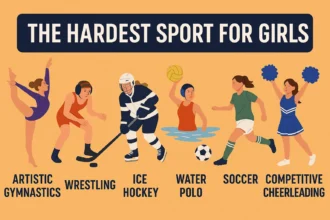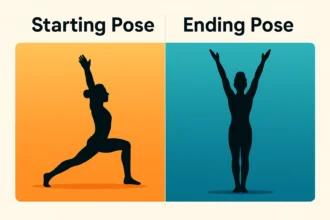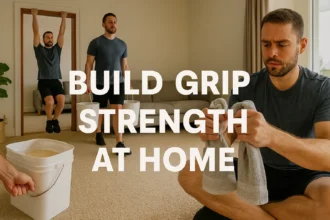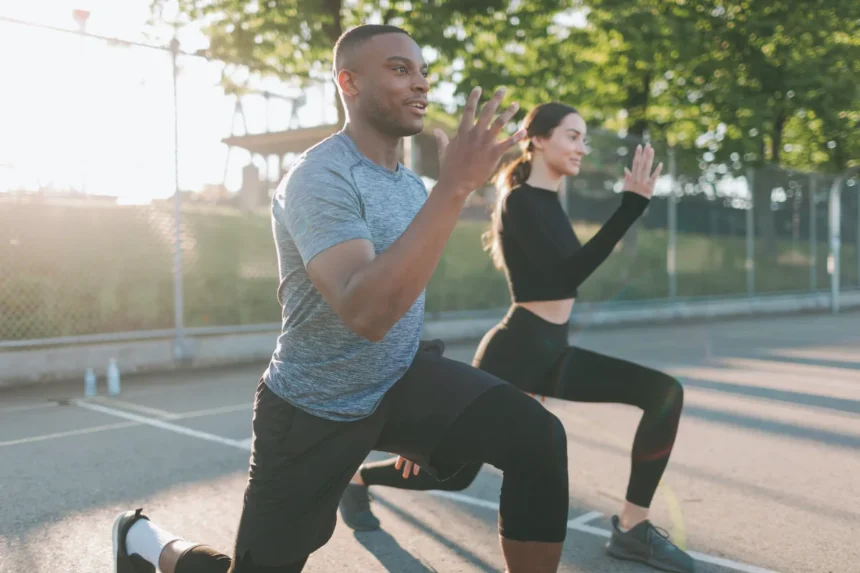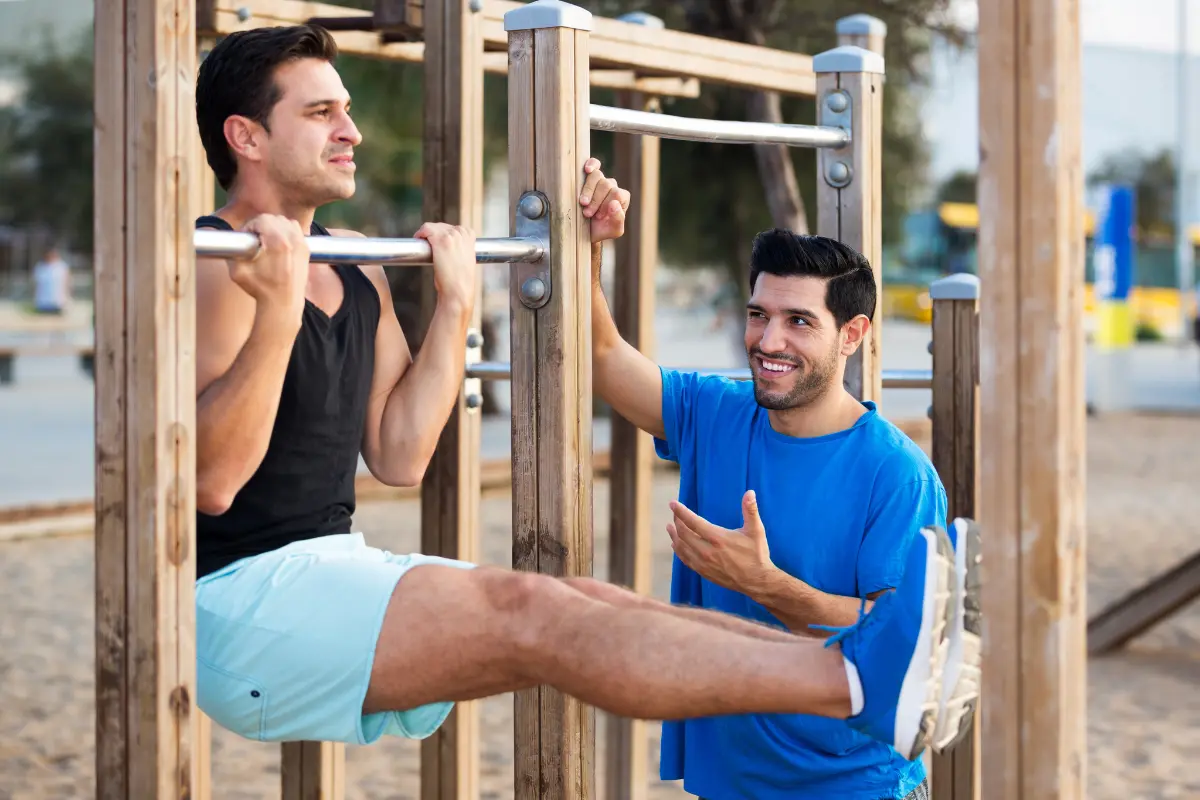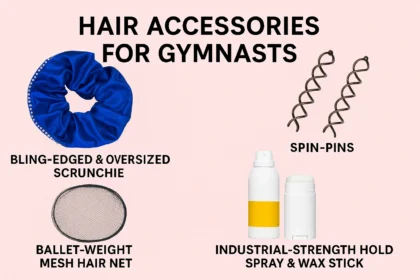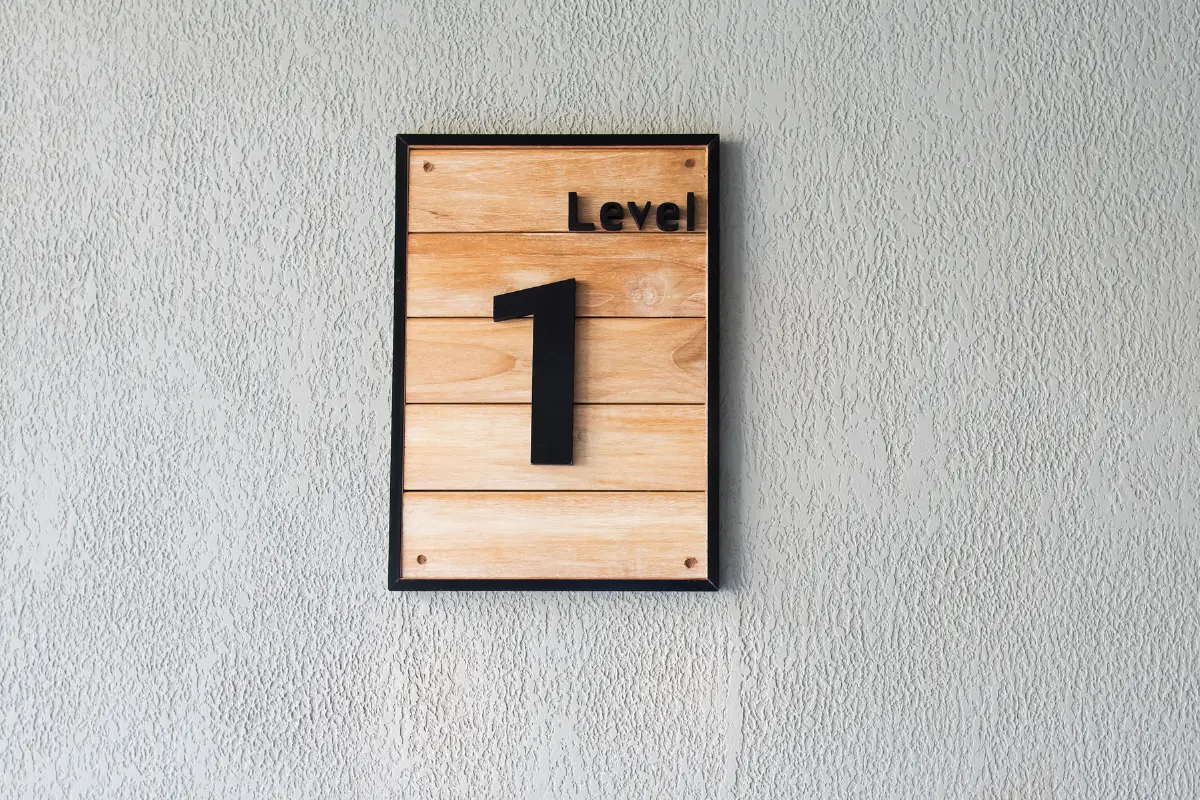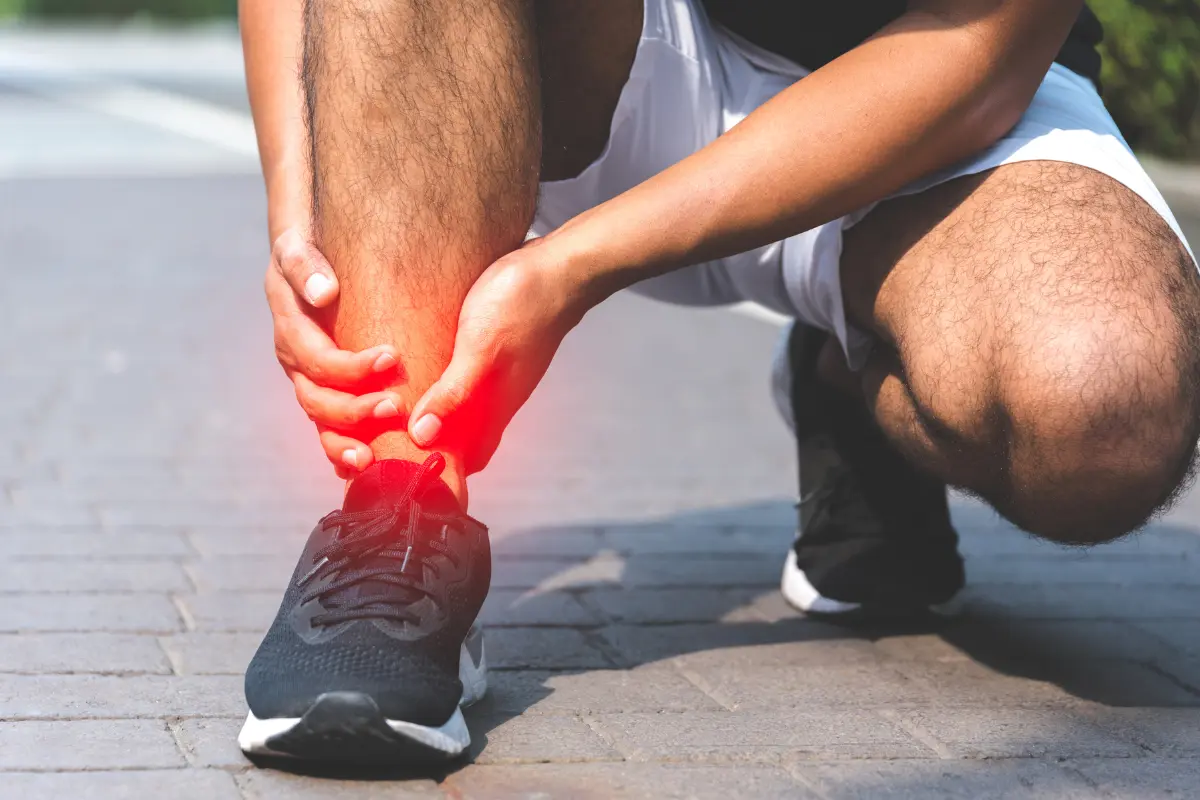Ever watched a gymnast effortlessly drop into a full split or bend into shapes that defy logic? It’s awe-inspiring—and also a little frustrating if you’re someone who’s struggled to even touch your toes. So, what’s their secret? And can you realistically reach that level of flexibility?
The Reality of Gymnast-Level Flexibility
Most professional gymnasts start young—we’re talking four to six years old. At that age, children’s bodies are naturally pliable. Their flexibility and ability to learn new physical skills are at their peak, which gives them a massive head start.
But there’s more to it than just an early start. The flexibility gymnasts develop isn’t always earned through gentle, feel-good stretching. Often, their coaches push them into deeper stretches—sometimes in ways that are uncomfortable or even painful. Over time, with consistent practice, they maintain that deep flexibility into adulthood.
The good news? Adults can make incredible flexibility gains too. You may not have the natural softness of a child, but you do have something powerful: discipline, body awareness, and the ability to train intentionally.
That said, you don’t need to suffer your way to progress. The secret is stretching smarter, not harder.
Flexibility vs. Mobility—What You Really Need
First, let’s clarify some terms. You might hear people talk about mobility, flexibility, or joint range of motion as if they’re the same thing—but they’re not exactly interchangeable.
- Flexibility is about how far a muscle can stretch.
- Mobility is about how freely a joint can move through its range of motion—with control.
Good flexibility allows you to move freely without stiffness. But if you don’t regularly move your joints through their full range, the surrounding muscles and tissues tighten. And that’s where problems begin.
This tightening can come from a sedentary lifestyle—but also from pain. If something hurts, your nervous system may limit your movement as a protective mechanism, creating a vicious cycle of reduced motion and even more tightness.
Add to that our daily habits (like sitting too much), and our posture starts to suffer. Tight, underused muscles—especially the slow-twitch fibers responsible for holding your body upright—can shorten significantly if you don’t stretch them. The result? Restricted movement and poor posture can affect your entire body.
Stretching Isn’t Just About Muscles
Your muscles don’t exist in isolation—they’re wrapped in layers of connective tissue called fascia. That’s why tools like foam rollers can be helpful: they release tension in these outer layers, making your muscles more accessible and responsive to stretching.
And yes—just like muscles can shorten with inactivity, they can also lengthen with proper stretching. Some muscles can double in length with consistent training. That means more range of motion, better posture, and increased body control.
The benefits of stretching go beyond just touching your toes:
- Better recovery
- Injury prevention
- Improved endurance
- More precise muscle control
But all of that depends on how you stretch.
When Should You Stretch?
The best time to stretch is when your muscles are warm and pliable—usually in the afternoon or after long periods of sitting. Most people will benefit from stretching:
- Before a workout (dynamic stretching)
- After a workout (static or deeper stretching)
- Anytime you feel tightness or stiffness
With more experience and discipline, you might even add morning or pre-bedtime stretching into your routine.
The Three Smart Stretching Methods Gymnasts Use
Let’s break down three of the most effective, research-backed flexibility techniques used by gymnasts and other high-level athletes:
1. Dynamic Stretching
Dynamic stretching involves controlled, active movements—like leg swings, arm circles, and spinal twists. The goal is to gradually increase the range of motion while warming up the muscles and activating the nervous system. Think:
- Arm circles
- Leg swings
- Gentle spinal twists
This is not the same as ballistic stretching (which uses momentum to bounce beyond your natural range—don’t do that).
Dynamic stretching is best used as a warm-up. It helps improve dynamic flexibility and prepares your nervous system for movement.
2. PNF Stretching (Proprioceptive Neuromuscular Facilitation)
PNF might sound complicated, but it’s incredibly effective. It’s a more advanced method that works by overriding your nervous system’s natural “stretch reflex,” which normally resists deep stretching.
Here’s how to do it:
Method 1: Contract-Relax
- Stretch the muscle gently to its limit.
- In that position, lightly contract the muscle for about 15–20 seconds.
- Exhale and stretch a little deeper.
- Repeat 3–4 times.
Method 2: Contract-Relax-Antagonist Contract This adds an extra step:
- Stretch to the limit.
- Lightly contract the muscle being stretched.
- Relax it.
- Then contract the opposing muscle (e.g., if you’re stretching hamstrings, contract the quads).
- Stretch a little deeper.
This technique not only increases flexibility but also strengthens the muscles involved, making it a win-win.
3. Loaded Progressive Stretching
This method uses weight to enhance stretching. Dumbbells, kettlebells, or even your own body weight can be used to apply tension in a controlled way.
Here’s how it works:
- Grab a light weight.
- Slowly move into a stretch (eccentric phase).
- Return to start (concentric phase).
- Repeat 5–10 times, then hold the final stretch for 10–30 seconds.
This method builds strength while increasing range of motion—so you not only gain flexibility but the ability to use it in real-world movements.
Important: Focus on breathing during any type of stretch. If you’re holding your breath, you’re likely tensing up and limiting your progress. Calm, nasal breathing (or gentle mouth exhales) helps your body relax into the stretch.
As for how much intensity to aim for: think of a scale from 1 to 10. You want to be around a 5 or 6—uncomfortable but manageable, never painful.
You Don’t Have to Be a Gymnast—But You Can Train Like One
If you want to become more flexible—not just to look cool, but to feel and move better—you don’t need to suffer through painful sessions or wish you had started as a child.
You just need the right methods, consistency, and patience.
The good news? You can make massive progress by combining smart strength training with mobility work. Strengthening through full ranges of motion (so-called “2-in-1” exercises) helps your brain and body use the flexibility you build.
You may never train on Olympic rings or do flips on a balance beam—but with these techniques, you can unlock a more mobile, powerful version of yourself.


